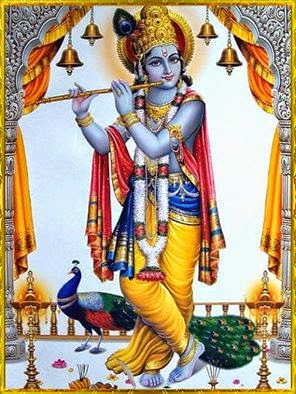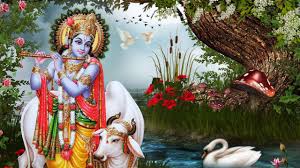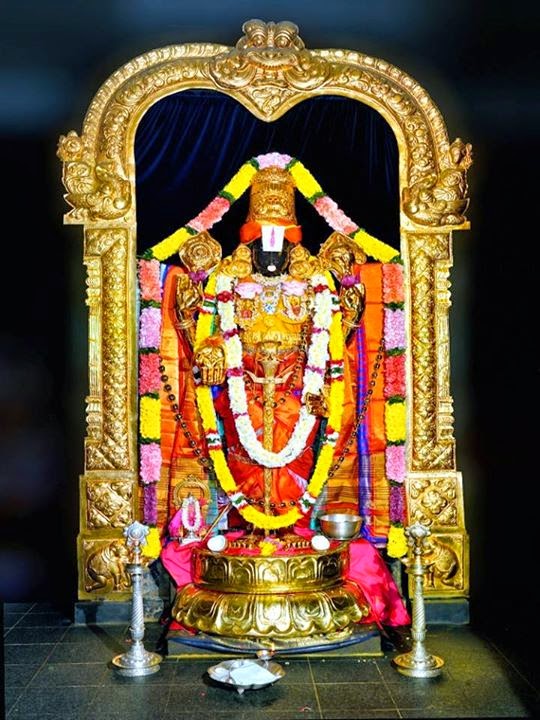Gita : Ch-6. Slo-29.

Srimad Bhagavad-Gita : Chapter-6. ( Dyana-yogam ) Slokam-29. ( The state of 'Siddha-Purushan' is narreted by Sri Krishna here.....) { A true yogi observes Me in all beings, and also sees every being in Me. Indeed, the self-realized man sees Me everywhere.} " Me = Lord ( Paramatma )." sarvabhutasthamatmanam sarva-bhutani catmani, ikshate yogayuktatma sarvatra samadarsanah. yoga-yuktatma = the one 'yogi' who fix his cittam in atma; sarvatra sama-darsanah = knowing that all completely brahma-mayam only; atmanam sarva-bhuta-stham = of Paramatma in all things ( living and non-living ); sarva-bhutani ...













